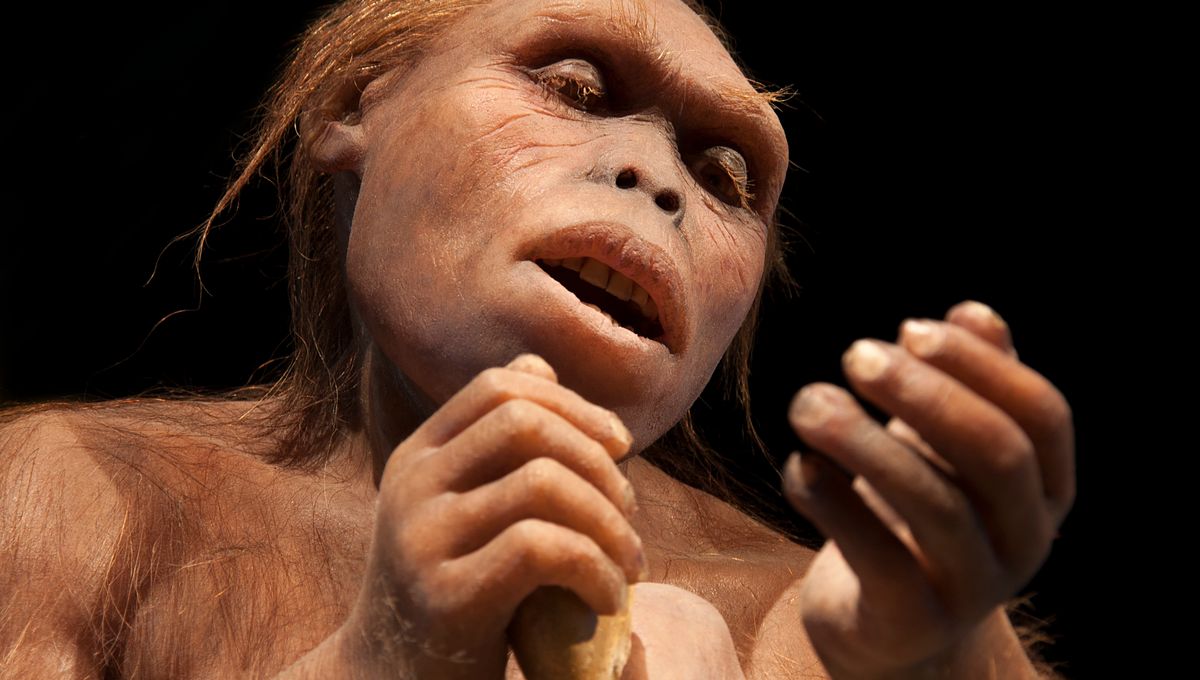
Long before the first members of the Homo genus appeared on Earth, a group of ancient ape-like hominins called Australopithecines may have already developed the manual dexterity to use tools. Until now, anthropologists had assumed that these long-extinct creatures lacked the right hand shape for such complex tasks, yet a new analysis suggests that they were in fact capable of “power grasping” and “in-hand manipulation”.
The Australopithecines first hit the headlines half a century ago when researchers discovered a 3.2-million-year-old specimen belonging to the species Australopithecus afarensis, known to the world as Lucy. To determine the manual capabilities of these primordial hominids, the authors of the new study created 3D models of the muscles, tendons, ligaments and bones in the hands of three different Australopithecine species.
Beginning with Australopithecus sediba – which lived a little under two million years ago – the researchers found a pattern of muscle attachment that “suggests humanlike hand use, including power grasping, in-hand manipulation, and, potentially, tool use.” In particular, the intrinsic musculature of the creature’s pinky was found to be aligned with that of later Homo species, which relied heavily on this digit when producing and employing stone tools.
Given that A. sediba was among the last of the Australopithecines and co-existed with some human species, the study authors say they expected to observe certain similarities with our own lineage. Turning their attention to the considerably older A. afarensis, however, they find that Lucy’s hands probably displayed a mash-up of ape-like and human traits, with certain characteristics appearing more in line with those of gorillas, chimps, and orangutans.
Despite this, the species does appear to have had some degree of “habitual human-like hand use involving increased use of the fifth ray.”
Previously, A. afarensis had been deemed incapable of producing stone tools and had therefore been ruled out as a possible creator of the Lomekwian industry, representing the oldest known tools on the planet. However, while the study authors stop short of attributing these ancient apparati to Lucy and co, they do suggest that the species may have been capable of producing rudimentary tools while also using their hands for ape-like locomotion in the trees (presumably not at the same time, though!).
A third and final model was then produced for Australopithecus africanus, which, like A. afarensis, displayed a mosaic of ape-like and human manual traits. However, the researchers were unable to determine the types of behaviors that this species would have been capable of.
“Overall, our results suggest that A. sediba and A. afarensis habitually performed a suite of manual activities that were similar (yet not identical) to the power-squeeze grasping and in-hand manipulation patterns seen in later Homo,” write the researchers. “These findings provide new evidence that some australopith species were already habitually engaging in humanlike manipulation, even if their manual dexterity was likely not as high as in later Homo.”
The study has been published in the Journal of Human Evolution.
Source Link: Lucy's Hands May Have Been Capable Of Using Tools 3.2 Million Years Ago